Induction heat treatment of crankshaft
Crankshaft heat treatment strengthening technology has changed from nitriding to induction quenching; The surface quenching inductor has changed from the split type crankshaft neck inductor to a half-ring inductor rotary quenching, to solve the problem of oil hole quenching and cracking and rounded corners at the narrow quenching hard zone.
Shaft parts using rectangular tube longitudinal heating induction quenching
Step shaft uses longitudinal heating quenching method (the direction of induced current is consistent with the direction of applied current) for the surface quenching. The workpiece becomes part of the inductor, and the workpiece surface is simultaneously heated by high-frequency current and induction current, with high heating speed (generally only 0.5s), and self-cooling quenching.
Continuous surface hardening layer can be obtained on the surface of the workpiece at the same time, without overheating at the steps, and with small deformation, which greatly improves the torsional fatigue strength of the shaft.
Induction heat treatment of gears
People have a long history of research and application of induction quenching of gears, but the application of automotive gears is very limited. Automotive parts in the engine flywheel gear ring commonly adopt the induction quenching, and some other transmission gears adopt carburizing and nitriding treatment. This is because automotive gear does not use single tooth quenching process along the tooth groove, but mainly use the overall heating quenching process for induction hardening.
SDF is developed by German company, that is, it can quench the tooth profile of automobile gear simultaneously with double frequency. This induction hardening method gives the gears a very good profiling hardened layer, high fatigue strength and reduced quenching distortion. The use of SDF gear quenching instead of gear carburizing treatment is of practical importance to improve productivity and energy saving.
Double frequency induction quenching of rolls
The roll requiring high hardness and deep hardening layer is developed from single frequency quenching to double frequency quenching. A double frequency sensor consists of two side-by-side sensors that supply different frequencies of current.
The upper inductor passes into the lower frequency, and the workpiece movement makes the heating depth deeper (low frequency); The lower inductor passes into a higher frequency, and the workpiece moves so that the heating depth is shallow, which is equivalent to the thickness of required hardening layer.
Compared with single frequency quenching, double frequency quenching can make the workpiece get better performance (surface hardness, cross section hardness gradient, hardening depth), and improve ergonomics and reduce energy consumption.
China has been able to produce its own double frequency power supply and quenching equipment, and roll double frequency quenching has been produced in a number of metallurgical plants. The tooling quenching liquid spray ring has been technically improved to achieve effective results.
Rail induction quenching
The use of full-length quenching of rails to improve the surface hardness of rails and to achieve a stronger rail, to solve the problem of deformation of the rail heat treatment; so that the service life of rail is more than doubled, and there are dozens of full-length medium frequency quenching production line in China's domestic use. This technology has been expanded to other parts of the railway, such as turnouts, wing rails, etc.
Long bore pipe induction quenching
The complete set of equipment and technology for scanning and quenching the inner hole of pipe fittings with the inner holeφ124mm and the depth up to 3000mm has been successfully developed and put into production in China.

 en
en  cn
cn  jp
jp  ko
ko  de
de  es
es  it
it  ru
ru  pt
pt  th
th  vi
vi  pl
pl 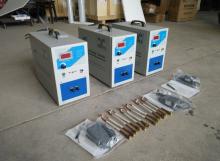
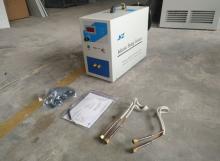
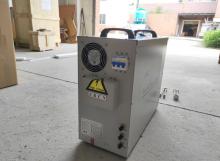
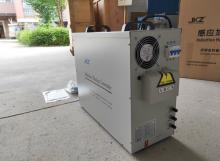
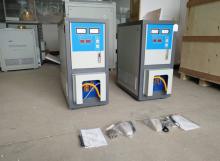
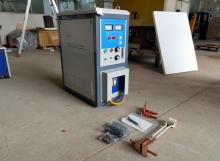
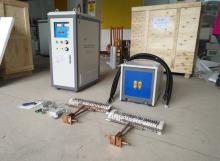
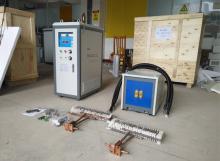
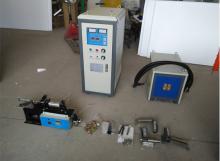
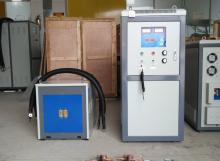
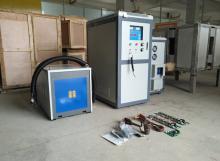
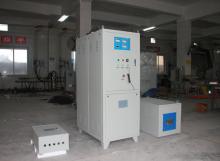
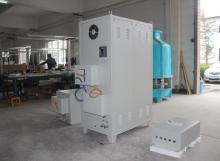
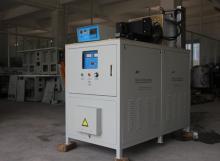
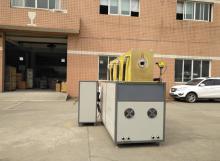
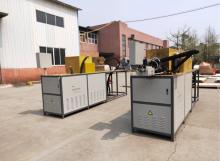
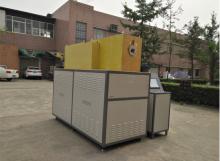
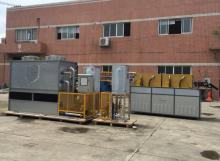
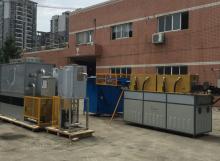
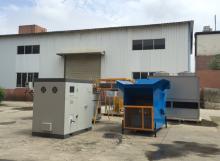
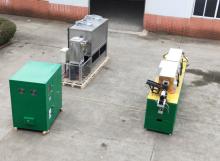
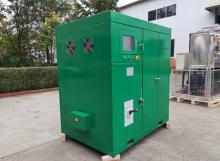
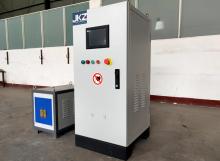
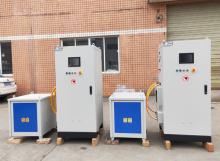
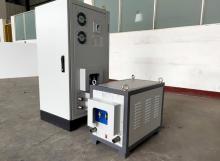
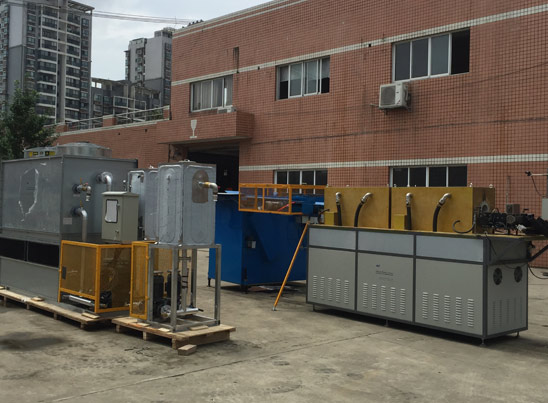
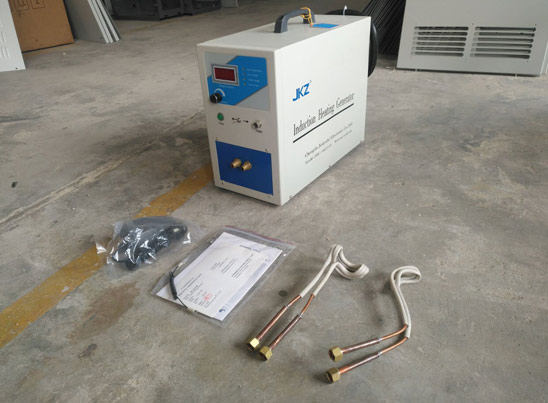
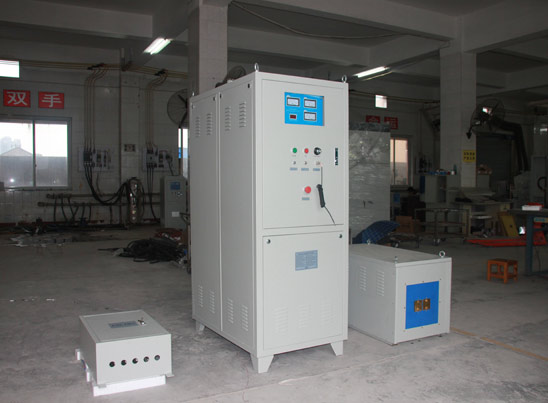


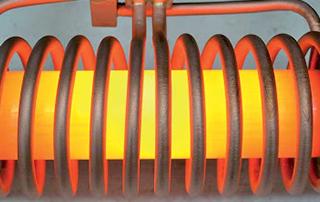


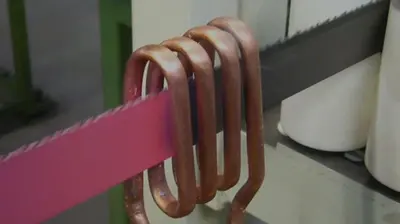
 Call us on:
Call us on:  Email Us:
Email Us:  NO. 688th South Baoguang Road, Xindu District, Chengdu City, Sichuan Province, China
NO. 688th South Baoguang Road, Xindu District, Chengdu City, Sichuan Province, China